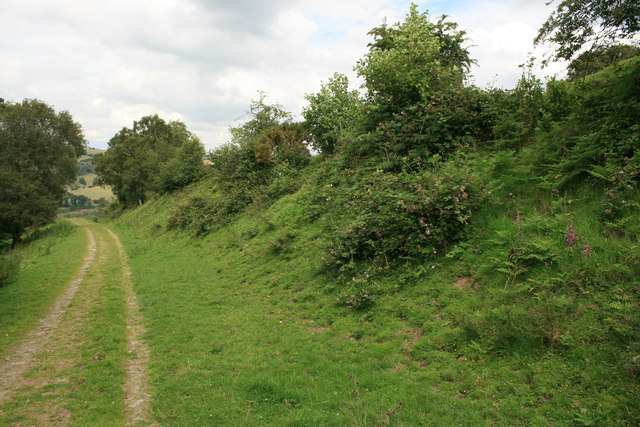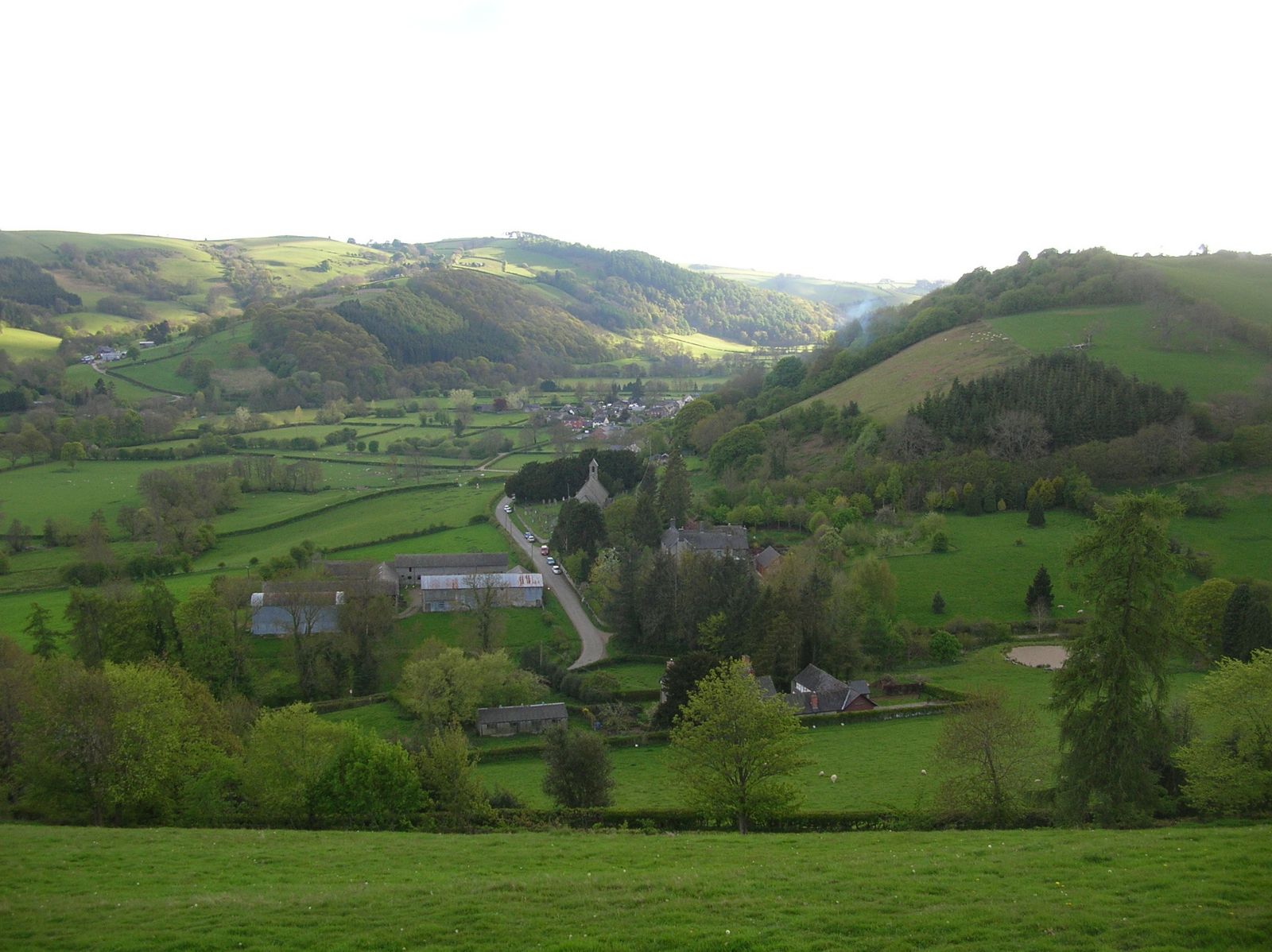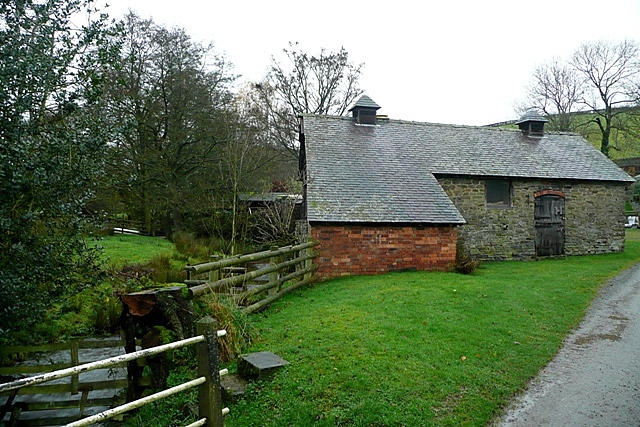Hongrass Wood
Wood, Forest in Shropshire
England
Hongrass Wood

Hongrass Wood is a charming forest located in Shropshire, a county in the West Midlands region of England. It covers an area of approximately 100 hectares and is renowned for its natural beauty and diverse wildlife.
The wood features a mix of deciduous and coniferous trees, including oak, birch, beech, and pine, which create a vibrant and picturesque landscape throughout the year. The canopy formed by these trees provides a sheltered and tranquil environment, making it a popular destination for nature enthusiasts, hikers, and birdwatchers.
The forest floor is adorned with an array of wildflowers, such as bluebells, primroses, and wood anemones, which add splashes of color to the woodland. It is also home to a variety of wildlife, including deer, foxes, badgers, and a wide range of bird species, making it a haven for animal lovers and photographers.
Hongrass Wood offers a network of well-maintained walking trails, allowing visitors to explore the forest at their own pace. These trails cater to different abilities, with options for easy strolls as well as more challenging hikes. Interpretive signs and information boards are strategically placed along the trails, providing educational insights into the woodland ecosystem, local history, and the importance of conservation.
The wood is managed by the local authorities, who prioritize its preservation and protection. Visitors are encouraged to respect the environment by adhering to designated paths, refraining from littering, and not disturbing the wildlife.
Overall, Hongrass Wood is a captivating destination that offers a tranquil escape into nature, providing a delightful experience for all who visit.
If you have any feedback on the listing, please let us know in the comments section below.
Hongrass Wood Images
Images are sourced within 2km of 52.428298/-3.1139013 or Grid Reference SO2481. Thanks to Geograph Open Source API. All images are credited.








Hongrass Wood is located at Grid Ref: SO2481 (Lat: 52.428298, Lng: -3.1139013)
Unitary Authority: Shropshire
Police Authority: West Mercia
What 3 Words
///packing.refuses.september. Near Mainstone, Shropshire
Nearby Locations
Related Wikis
Newcastle, Shropshire
Newcastle is a village in the rural south west of Shropshire, England. It lies at the confluence of the River Clun and the Folly Brook, 3 miles west of...
Ale Oak
Ale Oak is a hamlet in Shropshire, England. == External links == Media related to Ale Oak at Wikimedia Commons
Whitcott Keysett
Whitcott Keysett is a hamlet in South Shropshire, England. It is located two miles northwest of the small town of Clun. The western half of the settlement...
Mardu
Mardu is a small dispersed village in Shropshire, England. It is located a mile northwest of the village of Whitcott Keysett. The nearest town is Clun...
Have you been to Hongrass Wood?
Leave your review of Hongrass Wood below (or comments, questions and feedback).













